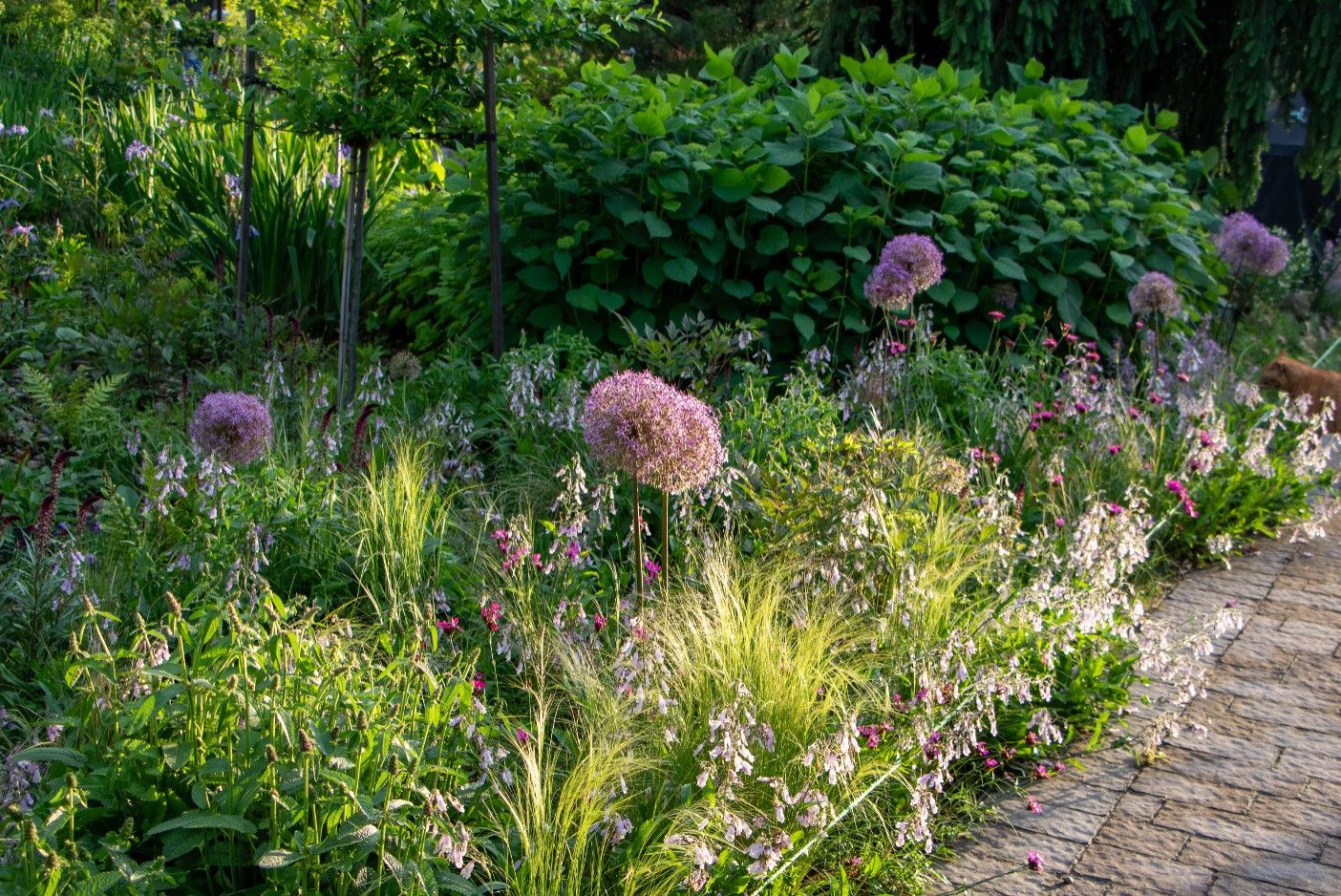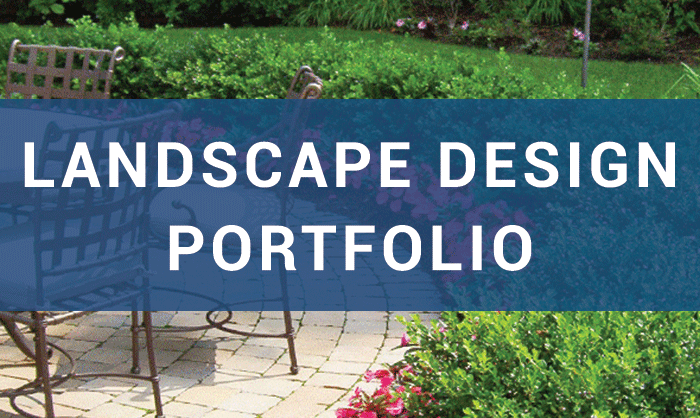Native & Naturalistic Plant Design
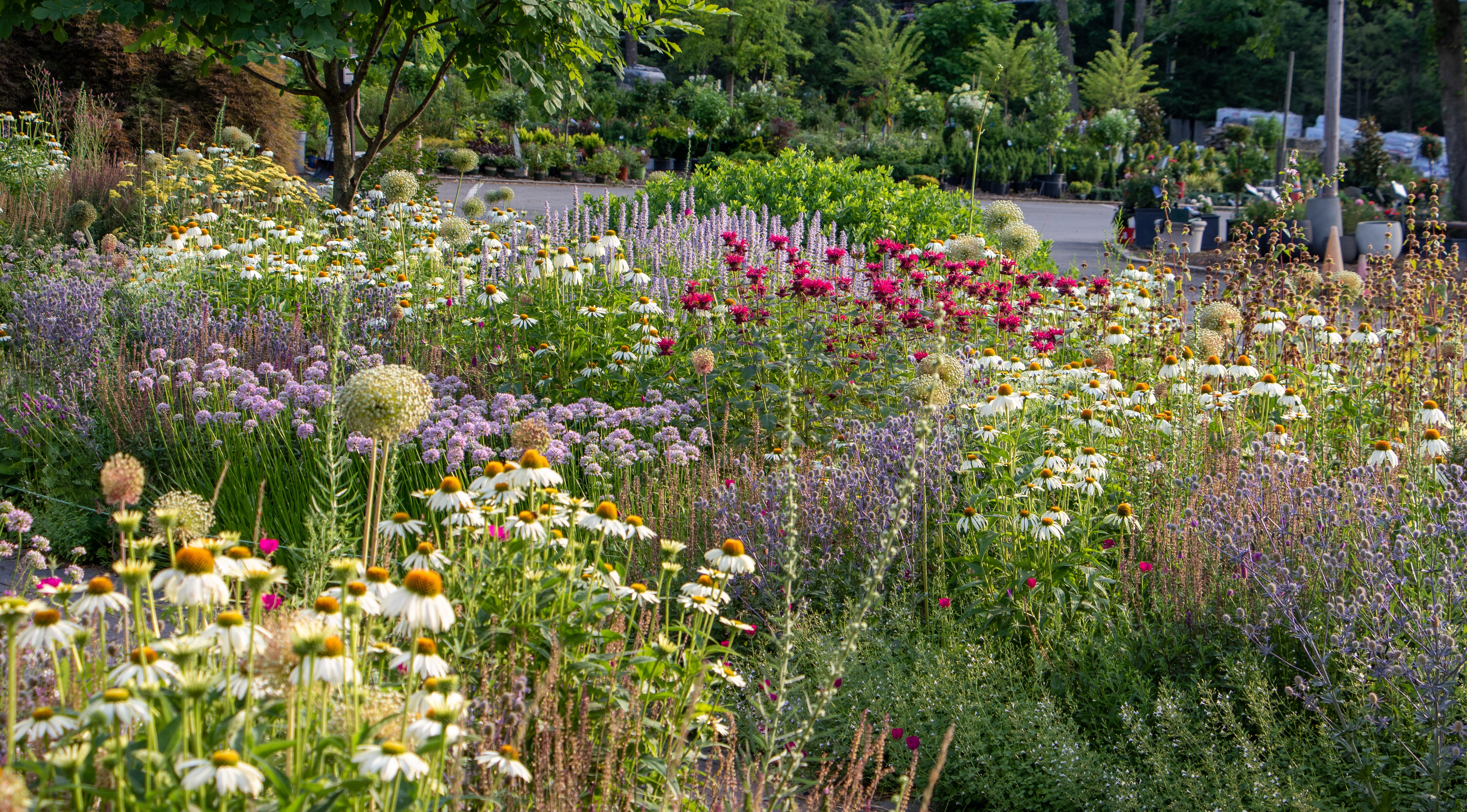
We are excited about your interest in a Naturalistic or Native Garden and as a leading nursery and garden center in the tristate area, Rohsler’s Allendale Nursery is here to help! Before you embark on your new gardens journey, please read the following. We’ve compiled this information for you so that you better understand how this kind of garden functions, the installation process, care and upkeep, and what to expect as your garden evolves and grows in. We are here to help you every step along the way and look forward to showing you the ins and outs and helping to make your garden dreams a reality!
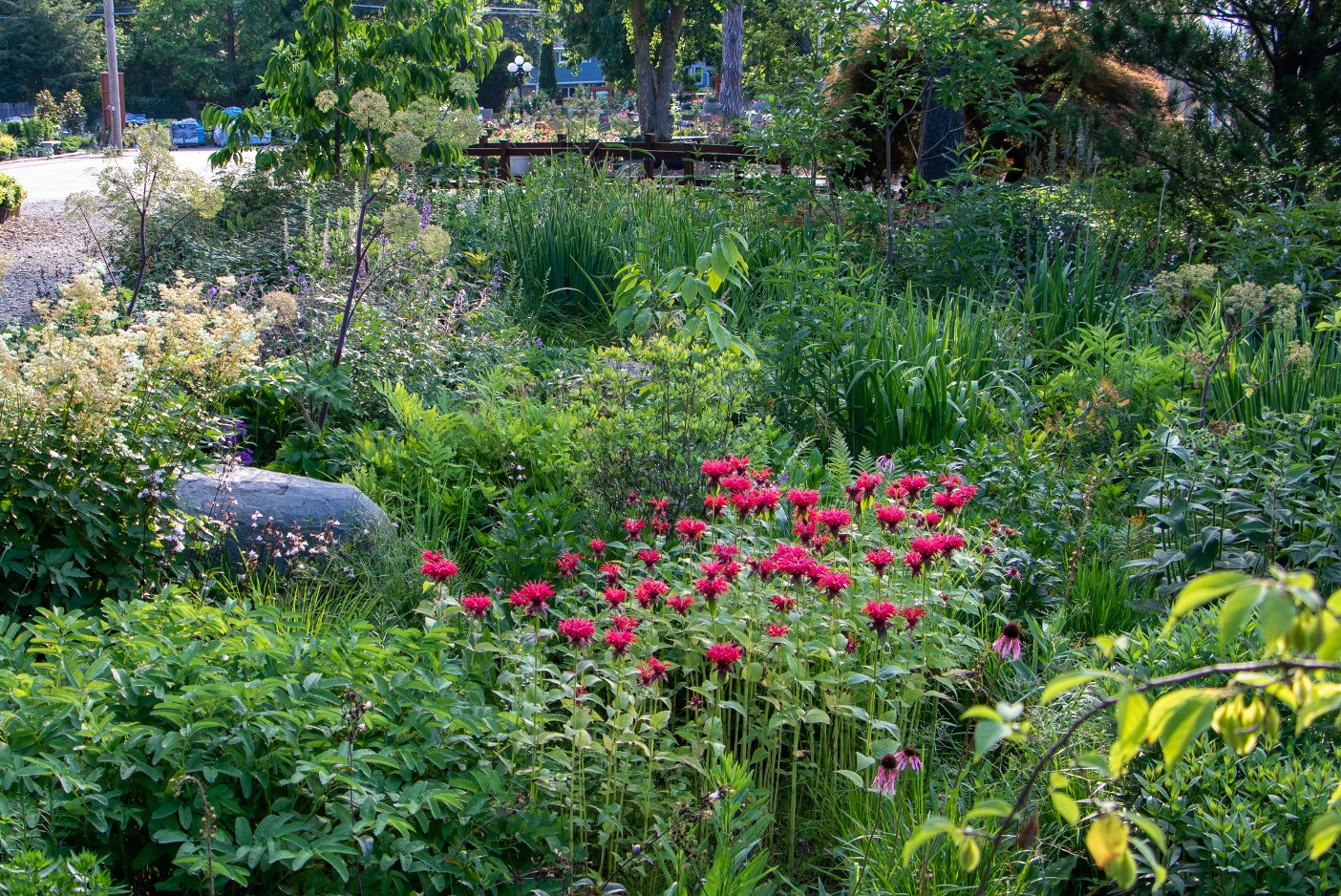
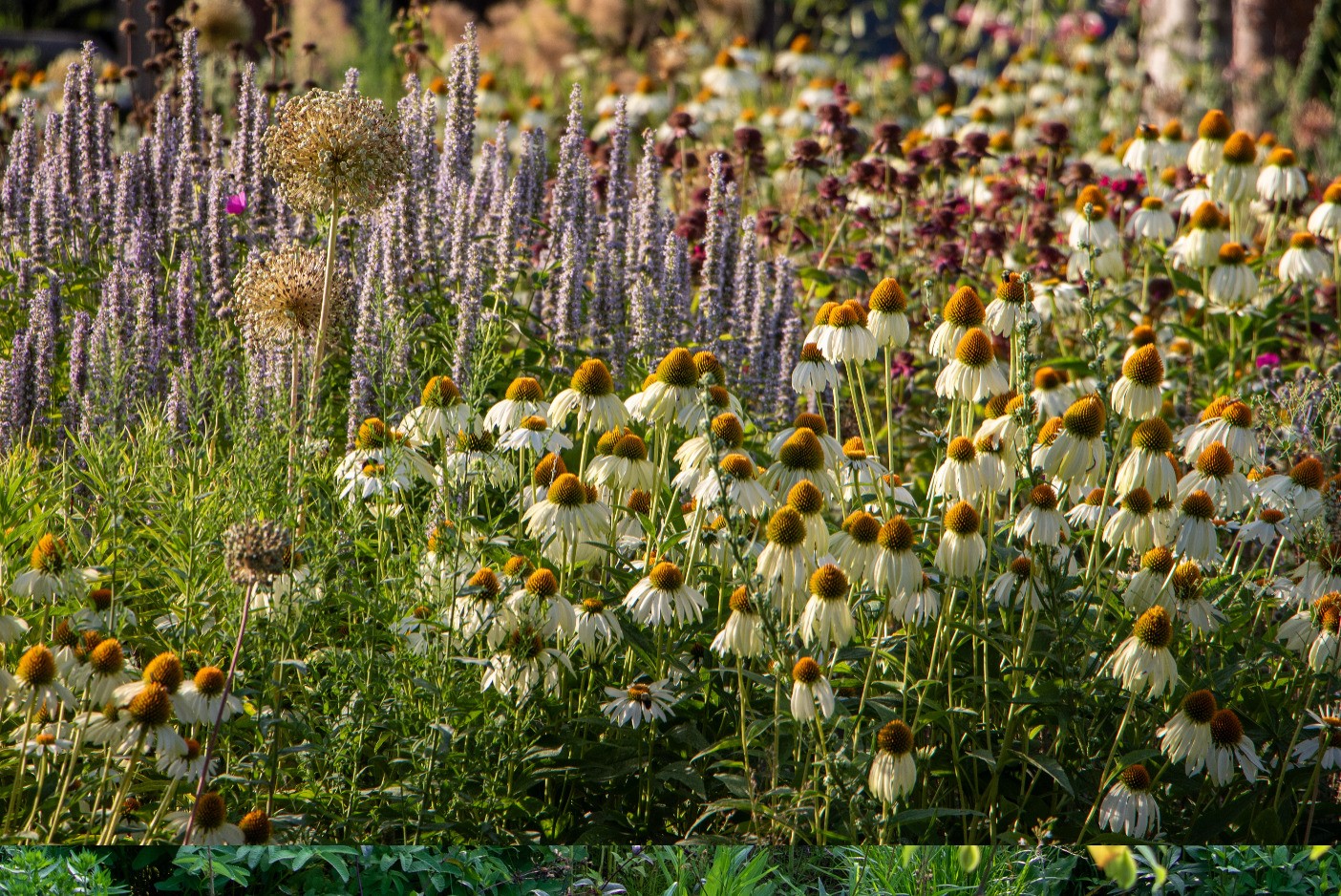
What is a Naturalistic Planting?
A Naturalistic Planting is designed in a way that to some extent follows natural ecological processes, creates habitat and biodiversity, reduces water uses and retains rain water, sequesters carbon, and drastically reduces input of chemicals, fertilizers, and fossil fuels. The goal is to create a garden that is low input but high output. Plantings are designed with plant sociability in mind, in order to create a plant community.
Planting density is important so that the garden grows in and functions correctly so that it can be successful. Plants are on average planted at around 12 to 15 inches apart so they can quickly grow together to create a living mulch. This ‘living mulch’ suppresses weed growth, retains soil moisture and disturbance, and even keeps the soil cooler to help encourage the growth and population of beneficial microorganisms! Many native plants are also used and selected to help attract birds, bees, and butterflies.
Types of Naturalistic Gardens?
Native Planting – A planting that relies on the use of plants endemic to the United States. Can be stylistic or restorative. A restorative planting would use species plants preferably seed grown, historically native to the local area, with a strong emphasis on creating natural habitat true to location. Conversely, a stylistic native planting would use native selections, cultivars, hybrids, and plants native to the East Coast, as well as some to the Midwest and USA. The later would also focus more on aesthetic.
Naturalistic Planting – a synthesis of Native and Non-native plants forming a plant community.
Design Types
Random Formulaic: Requires the least amount of design work. A mixture of plants is proposed and dispersed at random. Sometimes certain visually strong plants are placed first and then fill in around with the other plants.
Benefits
- Minimal design work and design costs
- Good for simple plantings, large areas,
- and restorations
- Easier to lay out on site
- Some plants can be seeded in
Drawbacks
- Harder to maintain wildness
- Lacks sharpness, cleanliness, definition
- Can be too wild or messy for some sites
- Can get monotonous/less variety
- Not a good choice for residential and other plantings that need a cleaner look
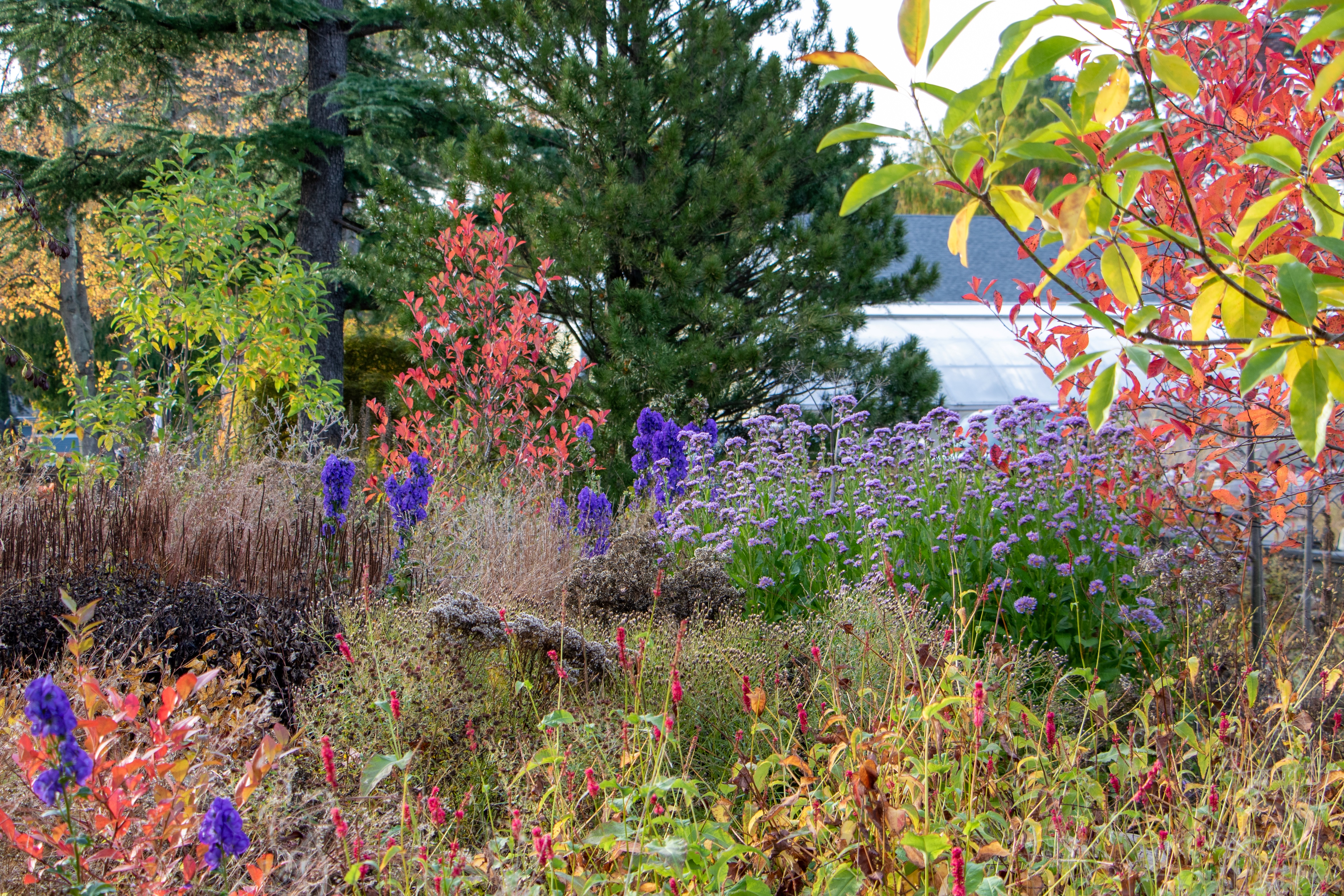
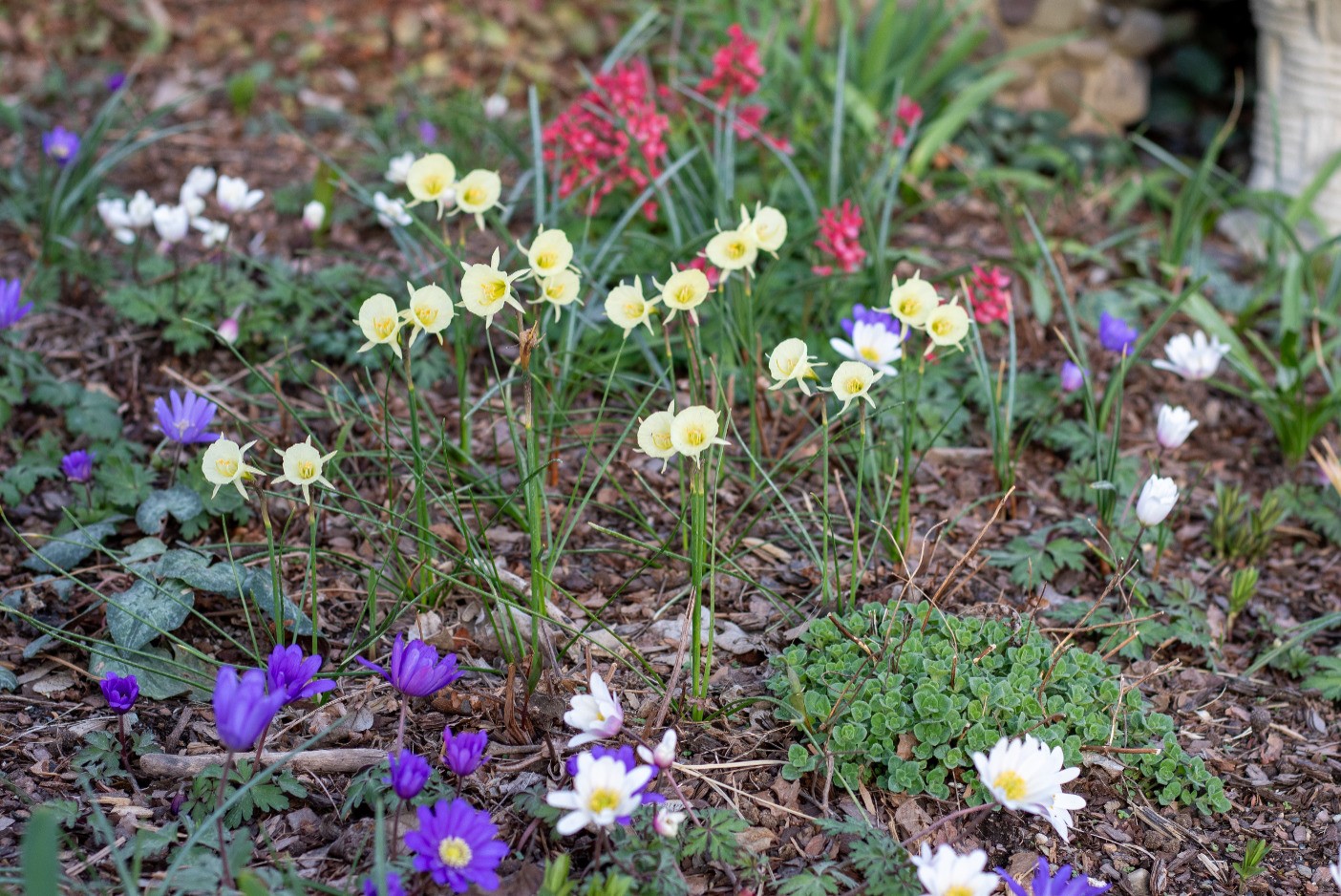
Modular: A plant pattern or patterns is/are created and repeated on site.
Benefits
- Less design work and design costs
- Good for simple plantings, large areas
- Somewhat easier to lay out
- Some plants can be seeded in
Drawbacks
- Less variety
- Can sometimes get boring and repetitive
- Can be simpler solution for residential public plantings
Custom: Plant placement is thoroughly thought out in detail and designed for maximum impact.
Benefits
- Unique, special, crisp, very beautiful
- Mimics a natural space without being wild
- Highly artistic combinations
- Easier to maintain the artistic vision
- Better in residential and public areas where
- tidiness is important
Drawbacks
- Higher design and planning costs
- Higher lay out costs
